|
At the mention of Verona, Italy, I can’t help but think of Shakespeare’s Romeo and Juliet. It tends to conjure up romantic images of Juliet standing on a balcony professing her love for Romeo. The enchanting province of Verona is located at the foot of the Lessini Mountains and is partially encircled by the Adige River in northern Italy’s Veneto region. It is about 65 miles to the west of Venice and a short distance from Lake Garda to the north. There is much to see and do in Verona, from visiting medieval castles and Roman ruins to the famous Piazza delle Erbe where one can sip an aperitivo in one of the many outdoor cafes. But beyond these attractions lie the great wine vineyards that surround Verona including the Custoza DOC wine region also known as Bianco di Custoza. Although one might tend to associate Verona with such wines as Amarone, Bardolino, Valpolicella and Soave, the wines of Custoza should not be overlooked and are worth exploring. Custoza DOC is known for its white wine production and while on a press trip to this region last month I visited several wineries and was introduced to these fresh and lightly aromatic wines. Vine cultivation has its roots in this area dating back to Roman times. However, it wasn’t until the mid 19th century that the focus for wine production was specifically associated with the name Custoza, which is a historical village in the municipality of Sommacampagna. In 1939 the Experimental Station of Viticulture and Oenology of Conegliano conducted a study that identified some of the best wine-growing areas in the western province of Verona and the Sona-Custoza area was among them. In 1971, Custoza was established as a DOC and The Consorzio Tutela Vino Custoza (The Consortium for the Protection of Custoza wine) was founded in 1972. The Consortium presently represents 70 wineries, two cooperatives and 500 winemakers with vineyards covering about 1400 hectares. The vineyards are located between Lake Garda and the city of Verona with ideal south and southwest exposure in the moraine hills. Morainic soil from ancient glaciers is rich in minerals and contributes to the characteristic minerality and flavor that these wines are known for. The wines are also characterized by the microclimate of the DOC Custoza area. Hot summers and cold winters balanced with gentle breezes from Lake Garda tend to be consistent and contribute to the development of aromas of the white grapes. Under Custoza DOC rules, only nine grape varieties are allowed in the production of the wine, most of which are indigenous grapes. The wines are a blend of anywhere from three grape varieties up to seven or more. Garganega, Trebbiano Toscano and Trebbianello must be part of the blend. However, Bianca Fernanda has become a favorite grape variety to include in the blend as it brings a subtle aromatic scent to the wine. The other five grapes permitted are Malvasia, Pinot Bianco, Manzoni Bianco, Chardonnay and Riesling Italico. The final blend of the grapes is a work of art and each winemaker imparts his or her own style with consideration for the various soils as well as early or late-ripening grapes when blending. Traditional Custoza Bianco DOC must be a minimum alcohol level of 11% and aging is a minimum of three months. Custoza Superiore DOC is a blend of the best grapes, old vines and lowest yields. Alcohol level must be a minimum of 12.5% and aging is a minimum of five months. Generally speaking, the Custoza DOC wines range from pale yellow to golden hues. They tend to be lightly aromatic with fresh fruit and floral aromas. On the palate, one can taste the minerality in addition to flavors ranging anywhere from green and stone fruit to tropical notes. Some wines are meant to drink now while others are age-worthy. We visited three wineries, each with their own unique blends that imparted a lasting impression on my palate. Although all three wineries have vineyards throughout Verona and produce quality red wines as well, my main focus for this story are the wines of Custoza DOC. Monte Del Frà is in the heart of Custoza and is owned by the Bonomo family since 1958, but its history dates all the way back to 1492. Beginning with Massimo Bonomo, Monte Del Frà has been handed down from one generation to the next over the past 60 years. Massimo’s sons Eligio and Claudio represent the second generation who are now joined by the third generation of Marica, Silvia and Massimo who all work together to make quality wine. Marica, with abundant enthusiasm, led us on a tour and guided wine tasting. The Monte Del Frà vineyard is comprised of 15 hectares surrounding the winery headquarters in Custoza, which grow the grape varieties Fernanda, Garganega, Trebbiano Toscano and Trebbianello. It is one of 11 territories that the Bonomo family owns throughout Verona, making for approximately 137 hectares in total. Monte Del Frà practices sustainability in the vineyard as well as in the winery. In the vineyard, they apply the technical procedure of integrated defense. Marica said that one of their secrets is “we just use herbs, no pesticides”. What isn’t a secret are the refreshing, fruity and mineral-driven wines that they produce. They reflect the mirror of the terrace and the passion and dedication of the family. We tasted five wines that represent the essence of Custoza. Custoza DOC 2018 is a blend of Garganega, Trebbiano Toscano, Tocai Friulano, Cortese, Chardonnay, Riesling Italico and Malvasia. This lightly aromatic wine is fresh and fruity with lots of minerality. The flavors range from apple and peach to tropical and floral notes. It is dry and there is a nice balance between the floral and minerality. Marica said, “This wine is a style of life and a passport to being you. It is to drink, relax and be stress-free.” Cá Del Magro Custoza Superiore DOC 2016 & 2017 is a blend of Garganega, Trebbiano Toscano, Cortese, Chardonnay, Riesling Italico, Malvasia and Incrocio Manzoni. The grapes are sourced from the Cá Del Magro vineyard from vines that are 30 to over 50 years old. Both wines are complex and very aromatic. They are layered with lots of fresh fruit, sweet apple, citrus, floral and minerality. The 2016 vintage showed more minerality on the nose with a mellowed palate, but as Marica said, “It is still complex and perhaps a touch more sophisticated”. Bonomo Sexaginta Custoza Superiore DOC 2015 is a blend of Garganega, Cortese, Trebbiano Toscano, Incrocio Manzoni, Pinot Bianco and Riesling Renano. Fermenting in oak and acacia small barrels adds richness to the wines. A lovely golden hue leads to notes of honeysuckle, hints of kerosene, soft white fruit and a touch of herbs. It was quite different from the other wines that I tasted but it had its own mystique and aromatic qualities that were quite pleasing to the palate. Photo The last wine that we tasted was not part of the Custoza DOC wines, but I thought it was worth mentioning. Colombara Veronese IGT Garganega 2015 is 100% Garganega. This wine is produced from 60+-year-old vines in Oliosi, a hamlet in the commune of Castelnuovo del Garda. This is a rich and succulent wine with lots of floral aroma and stone fruit that leads to a palate of elegant fruit and spice. It is nicely balanced with minerality, savory and acidity. Monte Del Frà calls this wine “a red wine disguised as a white”. Azienda Agricola Cavalchina is located in the ancient Cavalchina district of Custoza. It was the site of the first and second War of Independency during the Risorgimento in 1848 and1866. The Ossario Monument that can be seen from the winery was erected in remembrance of all the Austrian and Italian soldiers who died in these wars. Francesco Piona, third generation in this family-owned estate, met us at the front gate of the winery. The estate was purchased in the early 1900s and the first vineyard was planted in 1942. Cavalchina is recognized as a pioneer in embracing the name ‘Custoza’ and they decided to put it on their wine labels. They made a decision to stop selling their white wine as ‘Soave’ and in 1962 they became the first winery in Custoza to label and promote their white wines made from Fernanda, Trebbiano and Garganega as ‘Bianco di Custoza’. And by 1971, Custoza DOC was established and became the standard label. All the grapes are hand-harvested from three vineyard areas that cover over 110 hectares. Francesco said, “This is an ancient land and the soil is deep and rich. The wine is a complete expression of the mineral part of the terroir.” With the grapes maturing at different times, each variety must be vinified separately when making a blend. The yields are kept very low to produce healthy grapes. We began our tasting with an entry-level wine and then moved on to a vertical tasting of Amedeo Superiore DOC. Custoza DOC 2018 is a blend of Garganega, Fernanda, Trebbiano and Trebbianello. Subtle floral aromas and minerality segue onto the palate with notes of stone fruit. This is a fresh and lively wine with a surprisingly rich texture. Amedeo Superiore DOC 2018, 2010, 2007 Prince Amedeo of Savoia fought in the Third Italian War of Independence in 1866 near the Cavalchina estate. To honor his memory the wine is named after him. He is also remembered on a memorial stone at the entrance of the winery. All three wines are a blend of Garganega, Fernanda, Trebbianello and Trebbiano. They are complex and rich. It was an impressive tasting and a tribute to the aging ability of these wines. Photo of son Amedeo Superiore DOC 2018 is imbued with a rich palate of soft floral and minerality notes. Stone fruit, apple and hints of citrus are balanced with bright acidity and a hint of almond on the finish. Amedeo Superiore DOC 2010 was the last vintage that was made with oak. Notes of floral, minerality, petrol and citrus led to a rich mouth-feel with hints of oak, savory and nice acidity. Amedeo Superiore DOC 2007 Dark yellow with age, this wine was impressive. Petrol, minerality, floral and a touch of honey on the nose segued to a pleasantly rich palate of soft fruit and a hint of spice and herbs. It was elegant! Gorgo Wine Estate is a small family-owned estate located in the village of Custoza. Dr. Roberto Bricolo originally bought the land as an investment in 1970 and used it to farm vegetables. His son, also a doctor named Roberto, founded the winery in 1973, and his daughter Roberta after attending law school, returned to Gorgo to take over the winery and eventually became the owner. What began with 22 hectares in Custoza is now over 60 hectares that are organically cultivated and the vineyards are spread throughout Bianco di Custoza and Bardolino production areas. As of 2018, Gorgo vineyards are organically certified. This was our last stop in Custoza and it was quite memorable. Not only were we treated to a royal feast, but we also tasted many “juicy” wines that included some exciting reds. Perlato Custoza DOC Spumante Brut We began the evening with a refreshing glass of Spumante. It is a blend of Trebbiano toscano, Garganega, Cortese and Durello made using the Charmat method. This is a light and zesty wine with fine bubbles and soft fruit. Custoza DOC 2018 This is Gorgo’s classic wine and bestseller. It is a blend of Garganega, Bianca Fernanda, Trebbiano toscano, Trebbianello and Incrocio Manzoni. This wine has all the classic notes one would expect of a Custoza wine. It has great aromatics, beautiful fruit notes with hints of pear and apple and minerality. San Michelin DOC 2018 This is a reserve wine made with Garganega, Cortese and Riesling that are harvested from 50+-year-old vines. The winemaker said, “The wine rests for six months and isn’t disturbed. It is allowed to develop with smells from the vineyard. The 2018 vintage was a great year.” Indeed, the wine is rich with a creamy mouthfeel and soft white fruit and citrus. It is beautifully balanced between savory and fruit. Summa Custoza Superiore DOC is elegant. It is a blend of Garganega, Bianca Fernanda and other varieties like Trebbiano and Trebbianello. The grapes are hand-harvested from ancient vineyards, (50 to 60 years old). Exotic floral scents, orange blossom, stone fruit and sweet spice spill onto the palate with ripe tropical fruit and the minerality really shines through. This is an opulent and complex wine with perfect acidity and silky mouthfeel. It was a great finish to a perfect evening! In between visiting the wineries, we stopped for lunch at Trattoria Colli Storici to feast on the local cuisine and Custoza wines. The wines paired beautifully with all the dishes served, including dessert! Custoza DOC wines are very approachable and food-friendly as proven by all the wonderful cuisine we sampled along with the wines. The next time you’re in Verona, take a ride to Custoza and treat yourself to a feast of wine and food. In the meantime, pick up a bottle or two at your favorite wine shop. I can’t wait to add a few bottles of Custoza wines to my collection. Until next time...
|
Categories
All
|

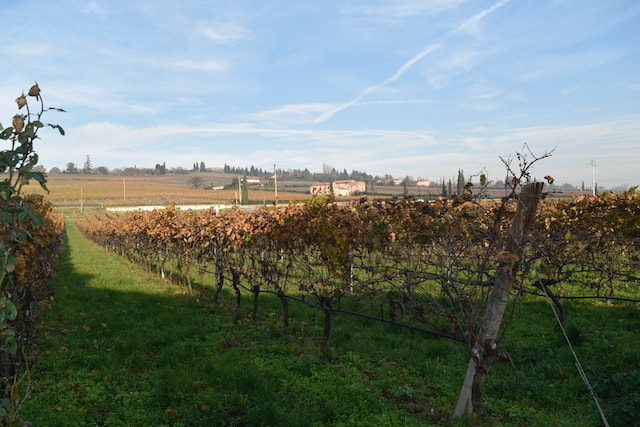
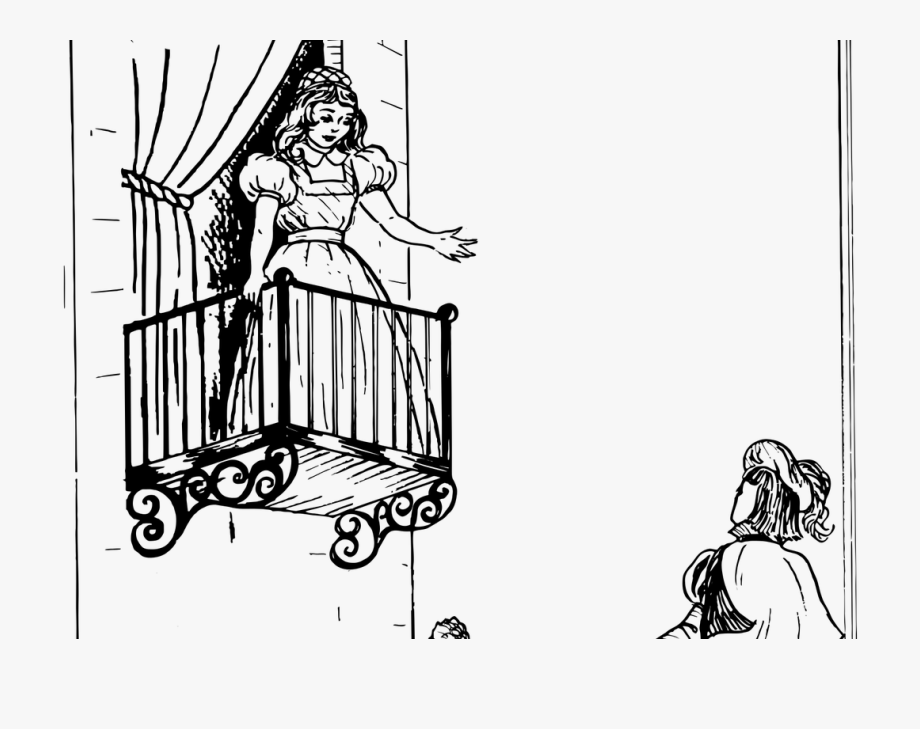
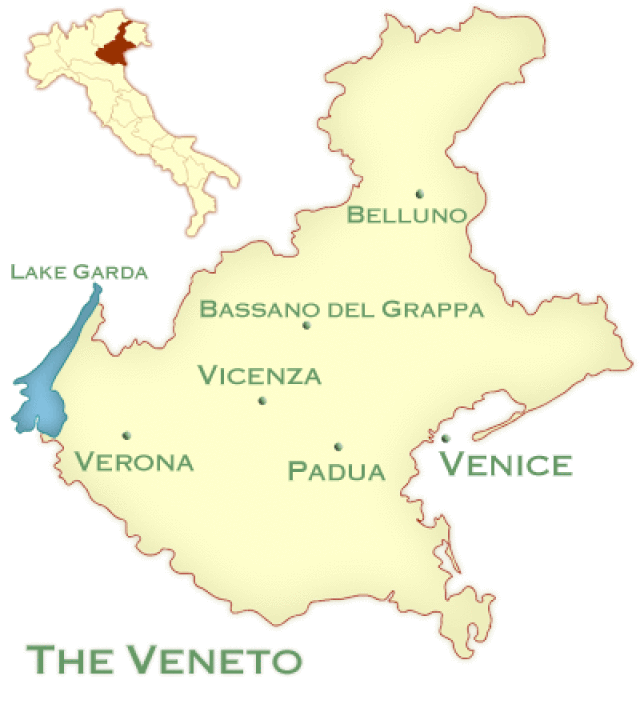
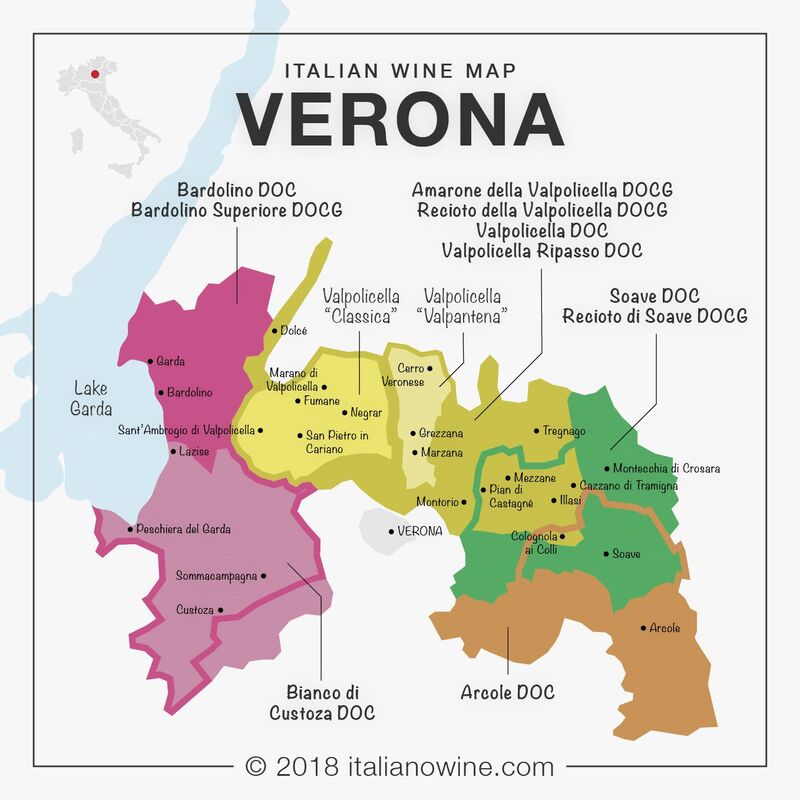
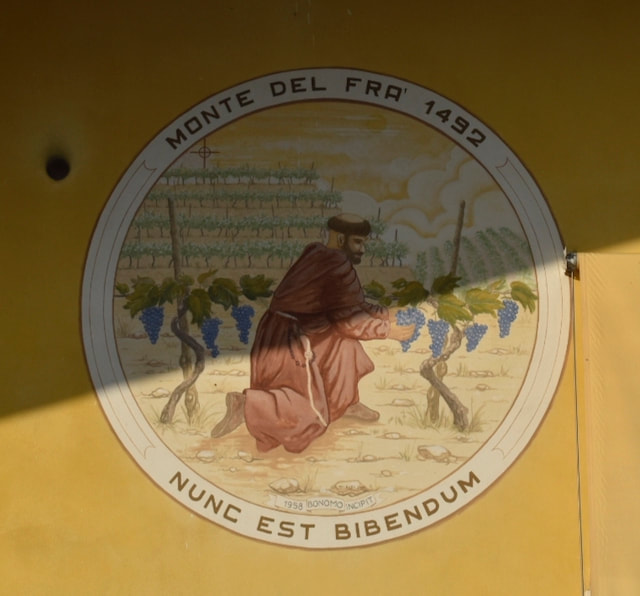
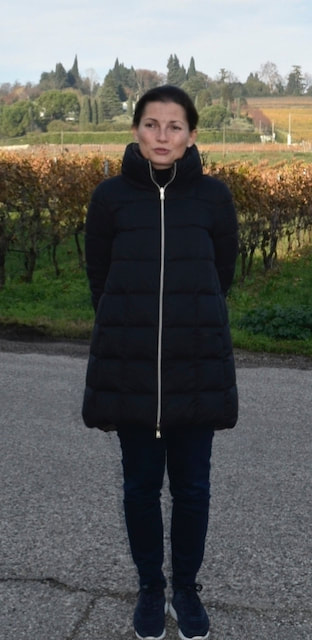
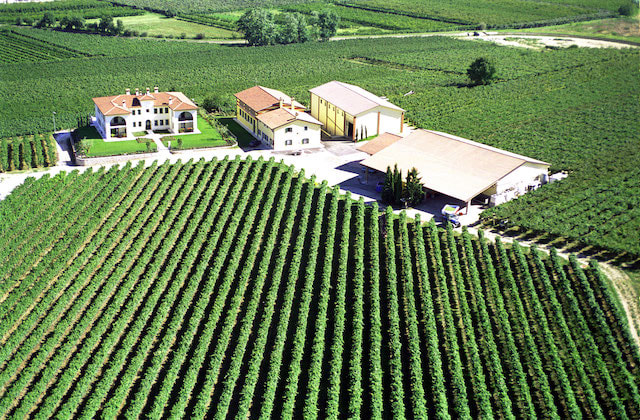
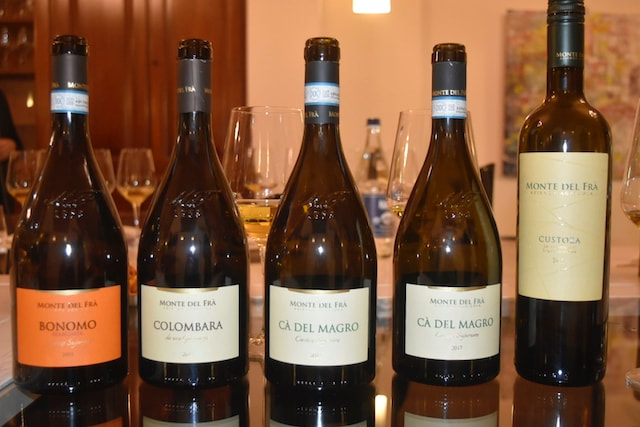
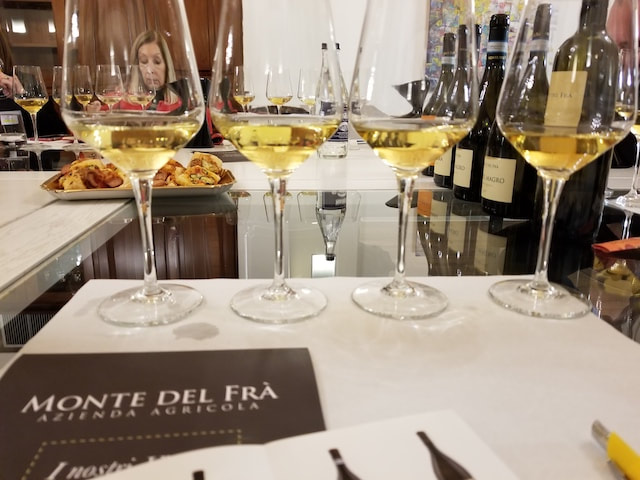
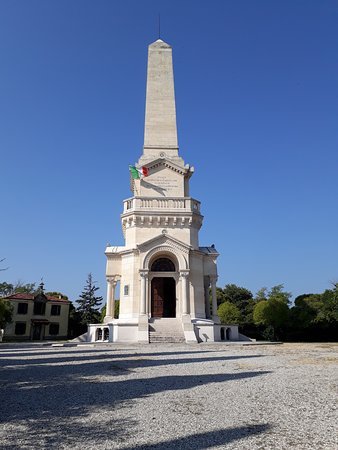
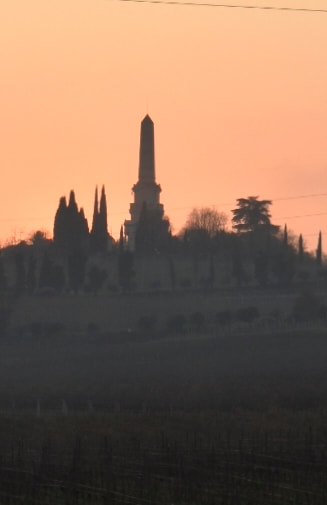

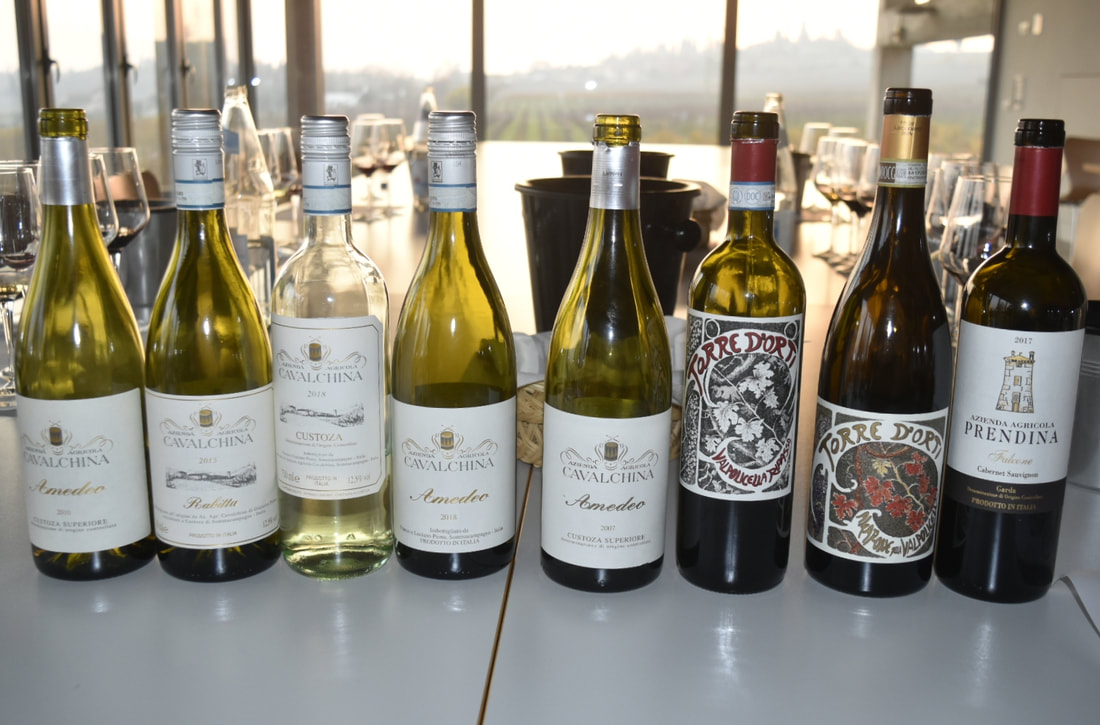
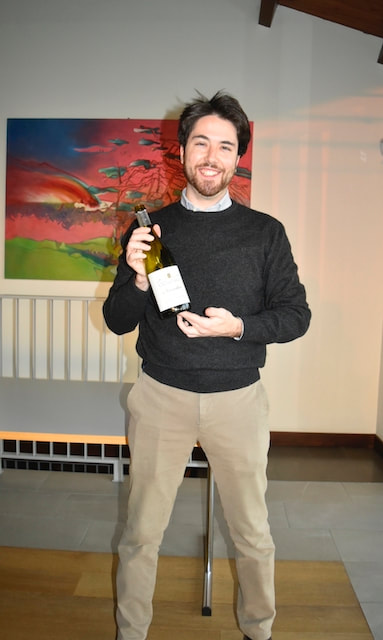
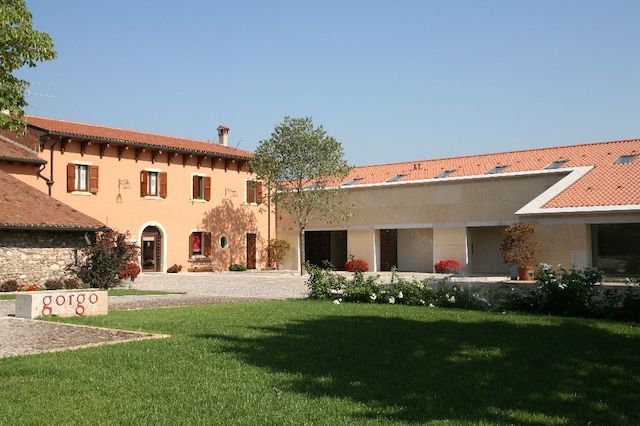
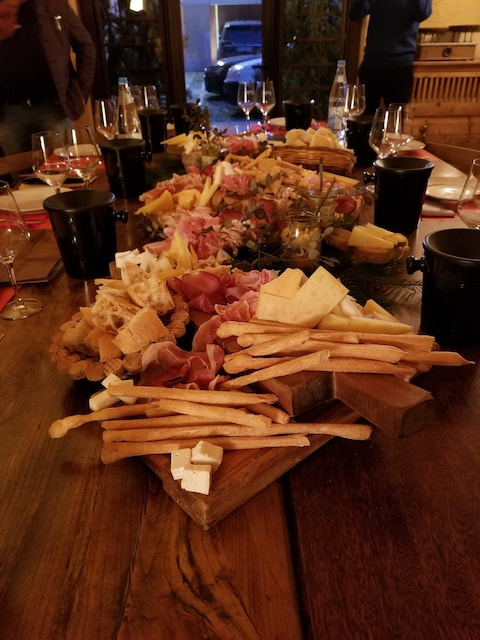
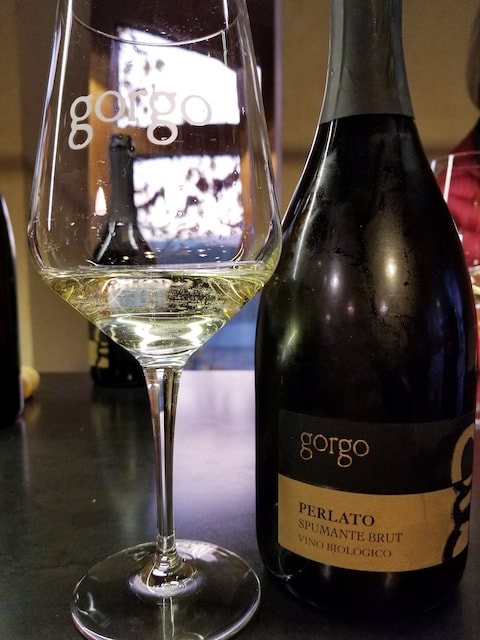

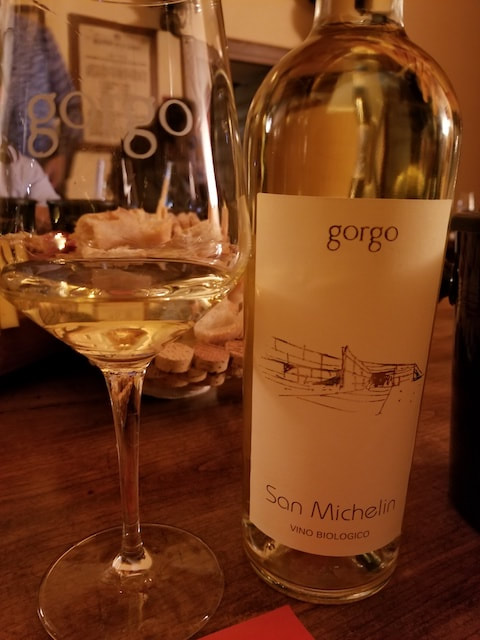
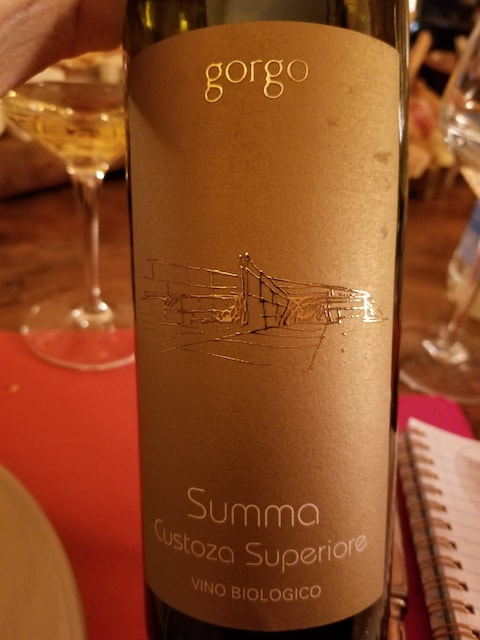
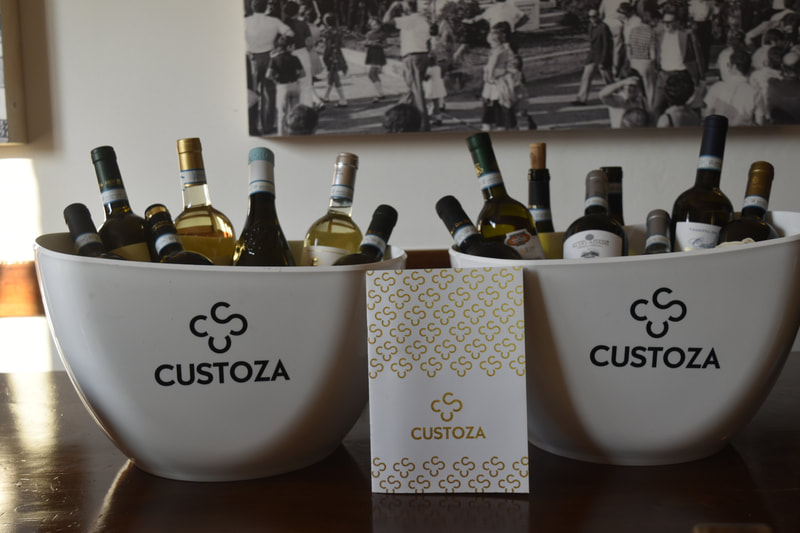
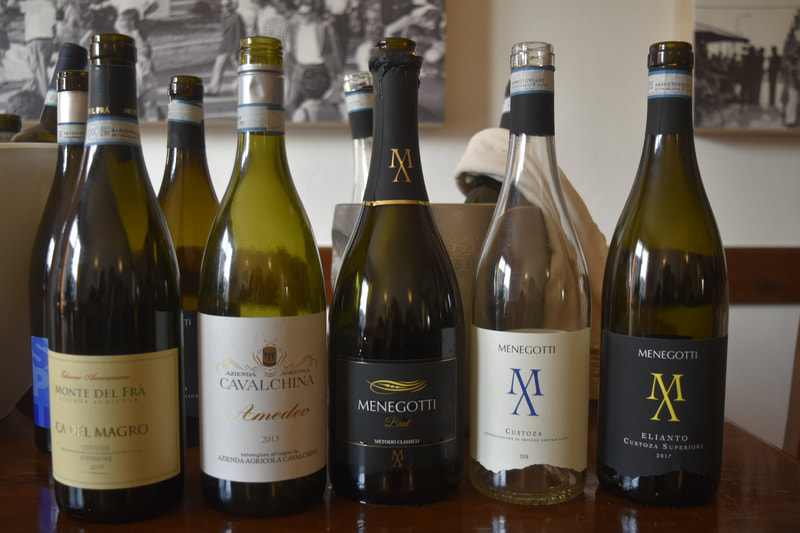
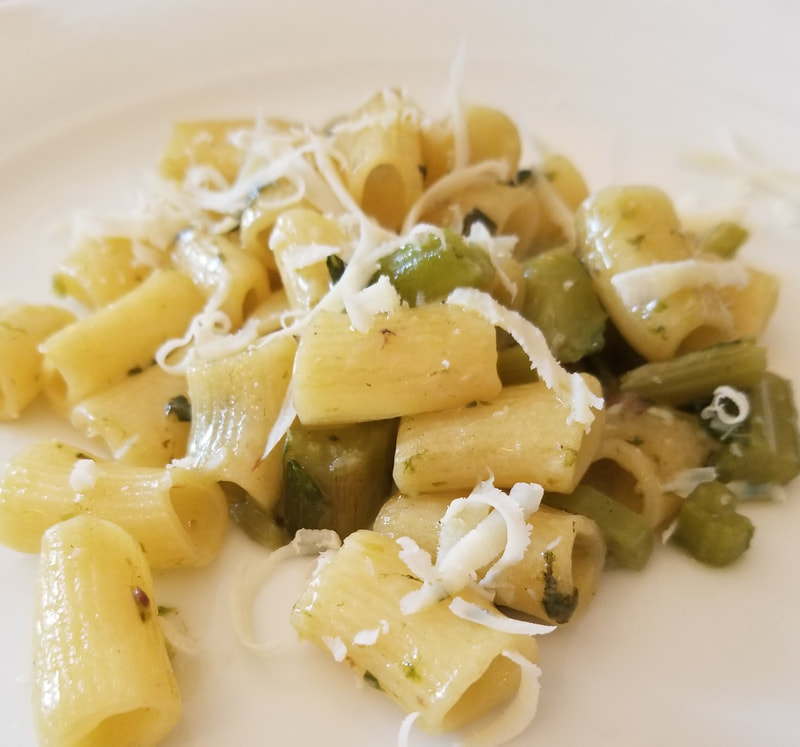
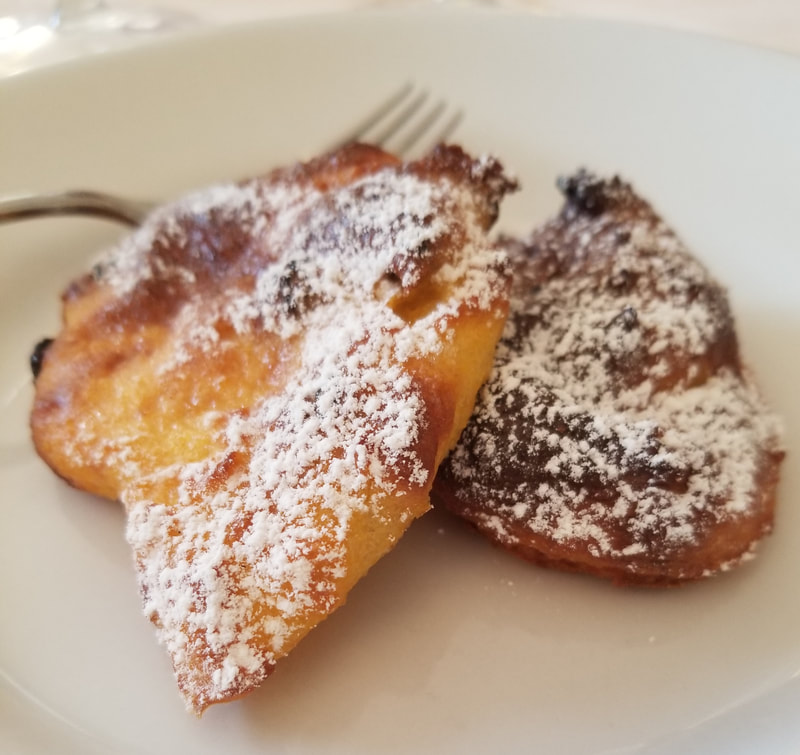
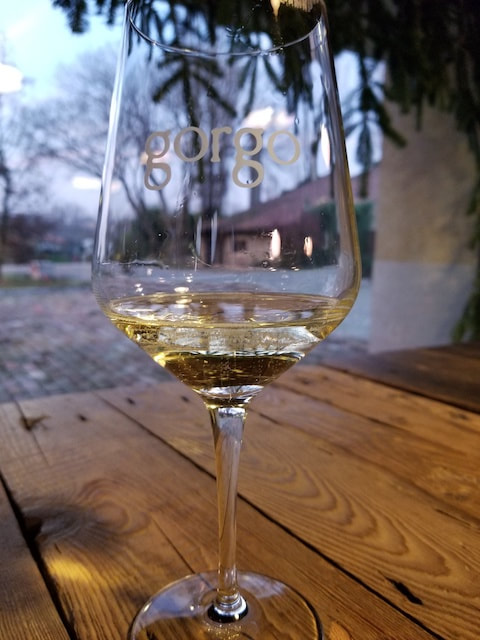
 RSS Feed
RSS Feed